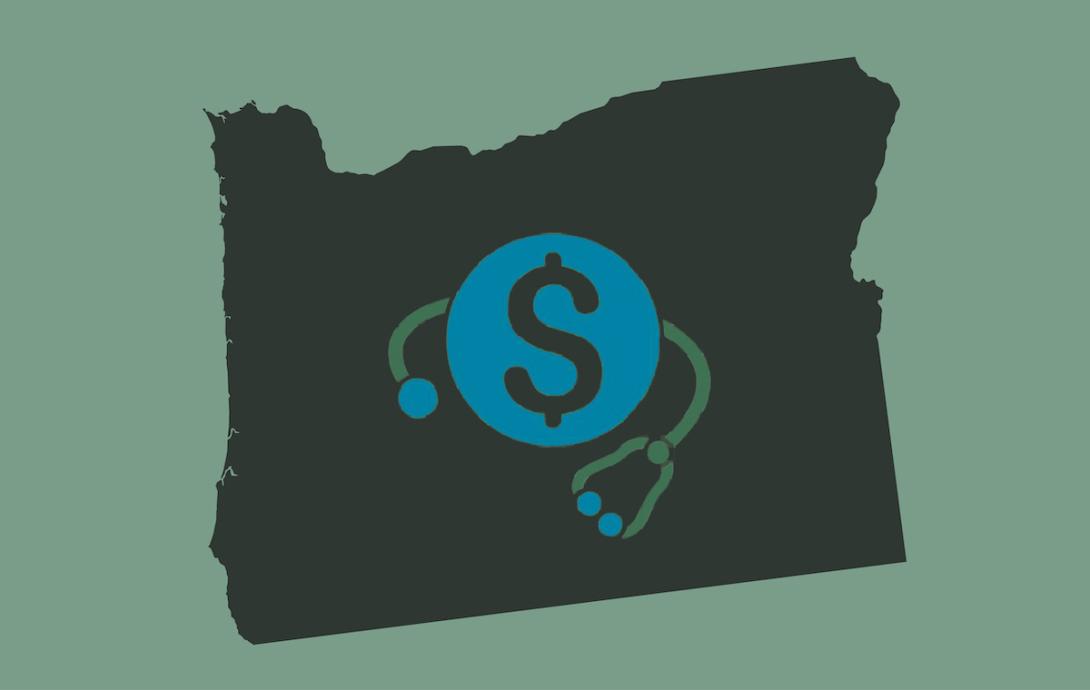
This article has been expanded to incorporate additional reporting.
Following health insurer requests to change direction — as well as what one state official called a “firestorm” of media attention — the Oregon Health Authority is hosting additional discussion of a plan to guarantee free health care for as many as 100,000 low-income Oregonians.
The plan would boost the costs of health care coverage for thousands of people who earn too much to qualify for the new program — specifically, individuals making more than $29,000 a year, or a family of four earning more than about $60,000.
Lawmakers in 2022 authorized the Oregon Health Authority and a task force to design a new Basic Health Care program that would mimic the free care offered under the Medicaid-funded Oregon Health Plan. They also urged state officials to pursue measures to curb the price hikes the new program would cause to health care premiums paid by people outside the program.
The state estimates that without the program, health disparities would increase. Also, as many as 20,000 people would lose coverage rather than sign up for heavily subsidized policies available on the state’s health insurance marketplace.
However, in discussions with the federal government, state officials failed to win approval of any of their preferred cost-control measures to help people who don’t qualify for the new program, and also rejected an alternative suggestion from the federal government to control the price hikes.
On June 7, The Lund Report published an in-depth article looking at the price hikes as well as criticisms of the state’s failure to clearly describe the cost impacts to the public during the public comment period. Shortly after the article was published, the agency announced that it would extend the public comment period from June 9 to July 1.

Officials also delayed a vote on the proposal by the appointed Oregon Health Policy Board, which was initially scheduled for July 11. A spokesperson told The Lund Report in June that the vote would happen in August to accommodate a request for formal consultation on the plan received from representatives of federally recognized tribes in Oregon.
Since then, the vote has been pushed back again, to September. If approved, it will be forwarded to the federal government for approval. The Oregon Health Policy Board discussed the plan on July 11 and now will also host an “educational webinar” on the program on July 18.
In the public comments received, many groups such as OSPIRG and the Oregon Academy of Family Physicians offered their support of the program. But Kaiser Permanente asked the state to delay the plan until steps could be developed to limit the premium hikes it will cause.
On July 10, an Oregon Public Broadcasting article discussed the plan, detailing the results of an actuarial study that the state did not commission until April to look at the cost impacts of the plan. The study showed that some people of even modest incomes could pay $700 more per year for health insurance.
The analysis found that as many as 2,000 people could drop their insurance due to the price hikes — a fraction of the number of people expected to lose their insurance without the new program.
However, records obtained by The Lund Report showed that the actuarial firm did not consider the cumulative impact of the hikes as federal subsidies expire in 2025, which is expected to tack on an additional 41% increase in premiums for people buying their own plan.
Emails obtained under Oregon Public Records Law show a state official, Laurel Swerdlow, on June 7 suggested “talking points” to use with health insurers in a closed-door meeting to discuss the plan, saying staff had been “navigating a firestorm of media attention/questions.”
She suggested that top state officials stress to insurers that the lawmakers had required the plan be developed even though “mitigation” measures were not adopted to control the price hikes, and blamed the federal government for not providing additional funding to offset the price hikes.
“We wanted federal dollars and are also frustrated that we didn’t get them,” she wrote.
She also suggested further explaining the technicalities of why rates would go up if the program were adopted — involving a complicated insurance phenomenon called “silver loading” — but Joel Ario, a former Oregon insurance commissioner who is consulting with the state on the plan, replied “I still see more downside than upside to this discussion.”
He suggested the state publicly focus on the issue of coverage, rather than cost.
Correction: The initial version of this article misstated the income limit for a family of four in the new program. We regret the error.